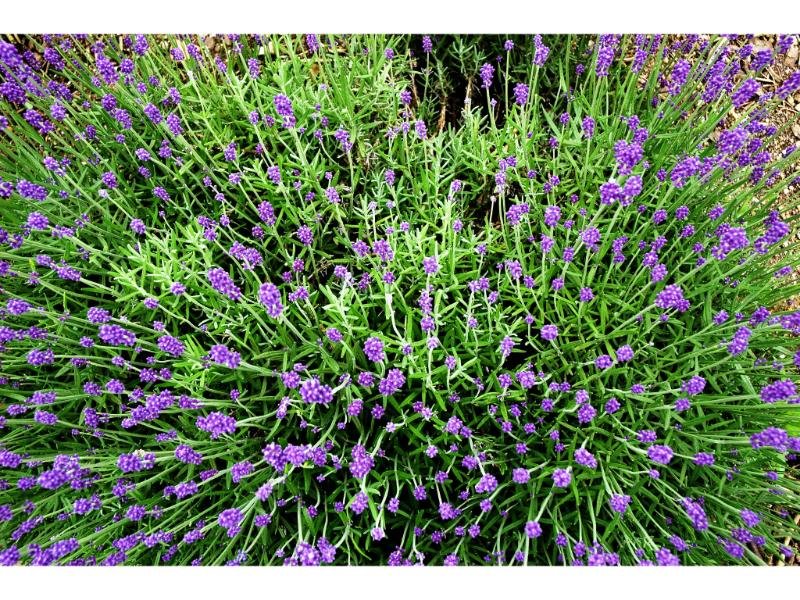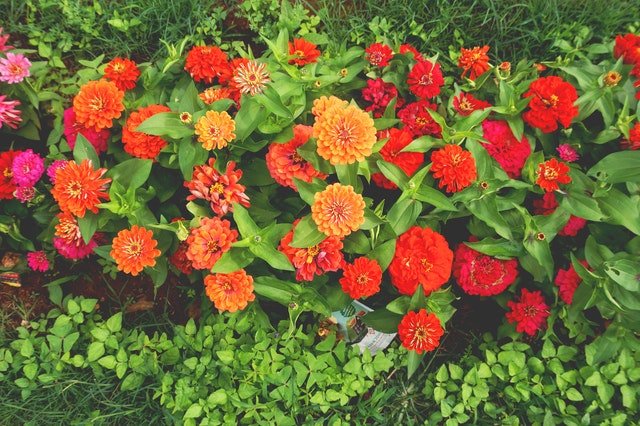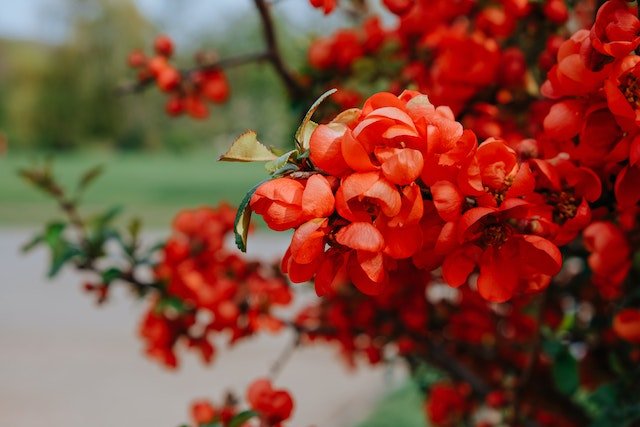Lavender is a fragrant, colorful plant that can make a beautiful addition to any garden. Encouraging lavender to spread allows you to grow a lush lavender patch that will perfume your yard every year when it blooms. Here are the keys to encouraging lavender to spread effectively:
Table of Contents
Choose the Right Lavender Variety
- English lavender (Lavandula angustifolia) – Spreads up to 3 feet wide
- Spanish lavender (Lavandula stoechas) – Spreads 1-2 feet wide
- French lavender (Lavandula dentata) – Spreads 2-3 feet wide
The variety you select determines the rate and distance the lavender will spread. English and French lavender tend to spread faster and wider than Spanish lavender.
Plant Lavender in the Ideal Conditions

Lavender thrives best under the following conditions:
- Full sun – At least 6-8 daylight hours
- Well-drained soil – Sandy or loamy soil
- Low humidity
- Slightly alkaline soil pH – pH of 6.7-7.3 is optimal
Ideal locations for lavender include:
- Raised garden beds and containers
- Rock gardens
- On slopes or mounds to promote drainage
- Next to paths or walkways to enjoy the scent
Southern exposures near walls provide both excellent drainage and reflected sunlight, creating the perfect microclimate for lavender to flourish.
When lavender has ideal growing conditions, it is able to direct more energy into spreading roots and self-seeding for new plant growth.
Space Plants 18-24 Inches Apart
- Plant young lavender starts 18-24 inches apart when installing a new lavender patch
- Allow enough space between plants for lavender to spread out
Spacing plants too close together will inhibit the lavender’s ability to expand. Be patient and allow it a couple of years to fill in the space.
Prune Lavender Each Spring
- Prune back by 1/3 each spring before new growth begins
- Cuttings should be made just above the woody part of the plants
- Remove old wood and any dead/damaged branches
Spring pruning encourages bushy new growth that will eventually spread out and increase the lavender patch size.
Fertilize Lightly in Spring
- Use all-purpose fertilizer or compost
- Fertilizing too heavily can damage lavender
- Just a light feeding is needed for healthy growth and spreading
Propagate Lavender from Cuttings
- Take 6-inch cuttings from mature lavender plants in spring
- Strip leaves from the lower half of each cutting
- Dip cut end in rooting hormone to encourage root growth
- Stick cuttings 2-3 inches deep in potting soil
- New lavender starts can be transplanted nearby to expand the patch
Watch for Self-Seeding
- Lavender drops copious amounts of seeds as flowers fade
- These seeds naturally sprout into new baby lavender plants
- The lavender patch will expand yearly through self-seeding
Gently transplant self-seeded lavender sprouts to locations around the established plants to increase the overall coverage.
Common Problems That Inhibit Spreading
| Issue | Solution |
|---|---|
| Overwatering | Allow soil to dry between waterings |
| Insufficient sunlight | Transplant to area receiving 6+ hours of direct sun |
| Compacted soil | Aerate soil so roots can expand |
| Excess humidity | Improve air circulation with pruning/spacing |
Address any issues promptly to maintain vigorous growth and spreading habits. Lavender is highly resilient when properly cared for.
Be Patient
It can take 2-3 years for a new lavender patch to reach maturity and full spreading capacity. Don’t get discouraged if your plants seem slow to expand at first. Their growth will compound each year.
Consistently following these key tips will ensure your lavender continues filling in thicker each season. An established lavender patch can spread indefinitely, providing endless visual and fragrant enjoyment every year!

Gardening is my passion and growing plants indoors has always been a stress relief for me. Grow a banana tree in my apartment once (although failed to produce bananas).






